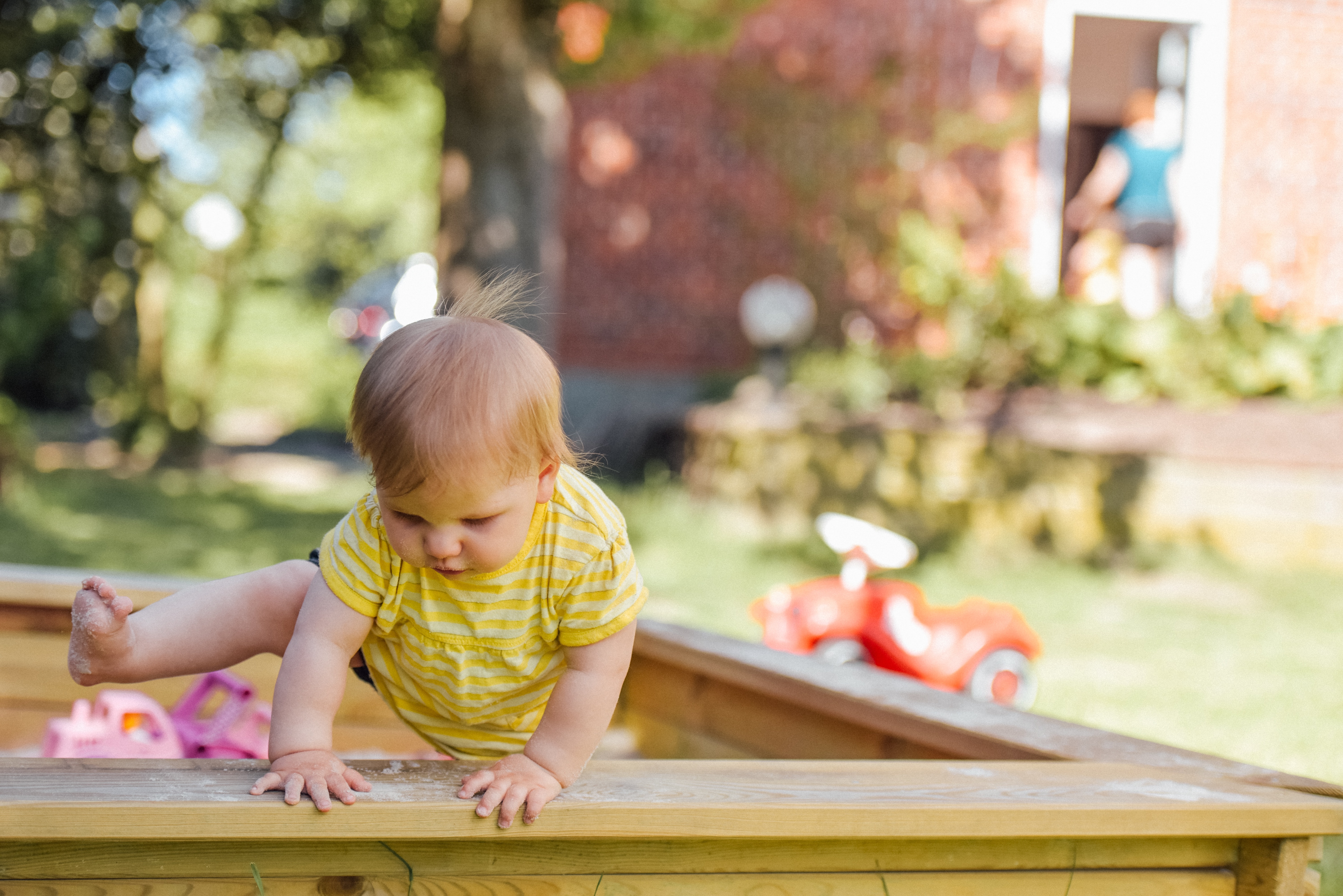
In today’s busy world, it might seem overwhelming to find the time and energy to take your child to the playground. Going to a public playground is even more challenging if you are the parent of a child living with autism spectrum disorder (ASD). A loud, crowded park can often be a frightening and confusing experience for your child. On top of that, this experience may be exhausting for you.
Many community playgrounds are not designed to meet the needs of ASD children. Inadequate fencing, lack of quiet areas, and too many bright colors can prove especially troublesome for children on the ASD spectrum. A backyard playground allows you to take greater control over the space and ensure it is secure, safe, and fun. If you want to create a safe, accessible playground for your child, keep reading.
Creating a Safe Space
Regardless of your budget, you are able to take some steps to ensure a safe play space. If you invest in one large-ticket item, consider fencing your backyard. It is estimated that 49 percent of children with ASD will attempt to wander when they become overwhelmed by sensory input. Because of this, a fence can offer both safety as well as peace of mind. When creating a safe space, consider removing, replacing, or fixing any rusted or broken playground equipment. If you need additional assistance, consider researching professional help.
Consider Your Child’s Needs
Depending on where your child is on the spectrum, you might consider involving him/her in the planning process. What is it that interests your child? Are they avid Star Wars fans? Enthralled by pirates? Budding geologists? Brainstorm with him/her and try to incorporate their ideas into the design process. Next, think about what your child needs in a given space. For example, if your child is sensitive to noise, products such as Cozy Cocoon provide a great space for recharging. If your child is active, consider providing ample space to run, spin, swing rock, and jump. Lastly, think about what features would meet your child’s sensory needs. Do they like sand? Water? Clay? Adding these types of natural elements can be incredibly calming for a child living with ASD, so consider adding elements that allow them to build, create patterns, or putting together small, engaging mazes.
Large Equipment
If your budget allows it, consider incorporating a few large pieces of equipment. While doing so, place it near the back of the space, or in the corner, to minimize areas that are not visible. Children with ASD like to see what’s going on as this helps curb anxiety and allows him/her to assess their play options. Rope-climbers provide vertical movement without blocking lines of sight. Be aware that large equipment can increase the risk of falls.
If you want to reduce the severity of falls, consider wood chips, mulch, pea gravel, and shredded rubber to reduce impact. Surfacing should be at least a foot deep and extend at least six feet in all directions around the equipment. Rubber mats, synthetic turf, and other artificial materials and these have the added benefit of requiring less maintenance. Adding these features can be labor intensive and may require you to take some preventative measures to reduce physical strain, and a great pair of garden gloves can protect your hands from cuts, scrapes, and dryness.
Creating the perfect backyard playground can be highly beneficial for your child — and for yourself. Following the tips above can help get you started on your safe, accessible space.
Photo via Unsplash
